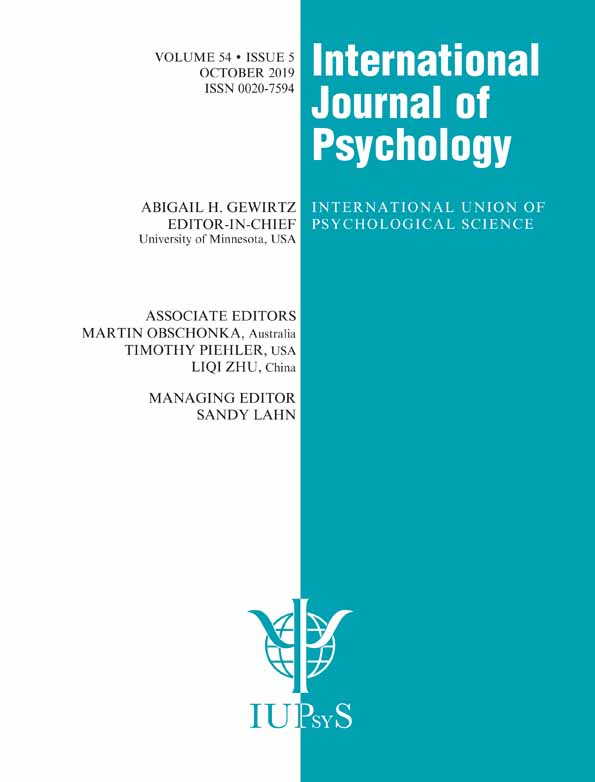Do community and autonomy moral violations elicit different emotions?
Abstract
According to one important set of theories, different domains of immorality are linked to different discrete emotions—panculturally. Violations against the community elicit contempt, whereas violations against an individual elicit anger. To test this theory, American, Indian and Japanese participants (N = 480) indicated contempt and anger reactions (with verbal rating and face selection) to both the types of immorality. To remedy method problems in previous research, community and autonomy violations were created for the same story-frame, by varying the target to be either the community or an individual. Community and autonomy violations did not differ significantly in the emotion elicited: overall, both types of violations elicited more anger than contempt (and more negative emotion of any kind than positive emotion). By verbal rating, Americans and Indians reported more anger than contempt for both types of violation, whereas Japanese reported more contempt than anger for both types. By face selection, the three cultural groups selected anger more than contempt for both types of violation. The results speak against defining distinct domains of morality by their association with distinct emotions.




